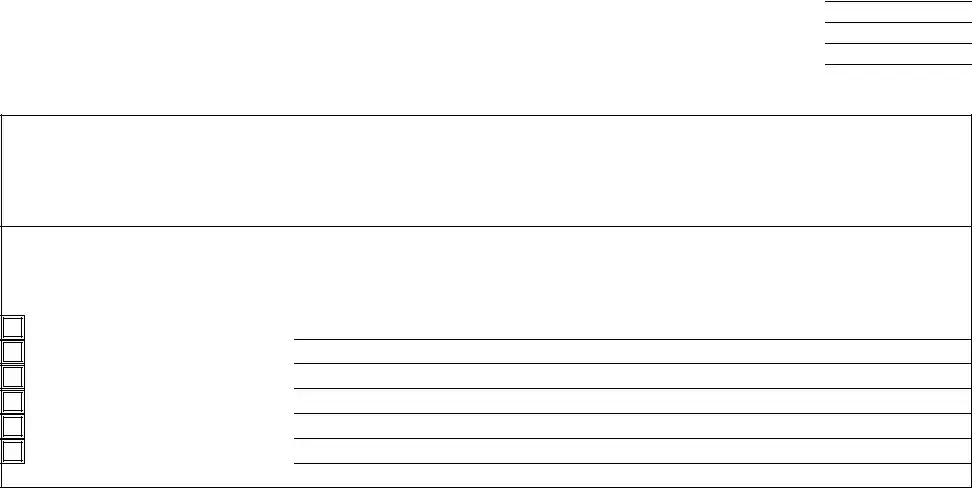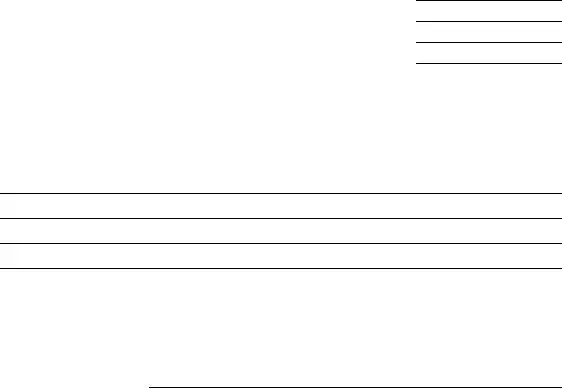The Financial Affidavit is a document closely related to the NJ Bail Source form. Both require detailed disclosure of financial status and sources of income, but the affidavit is often used in civil court proceedings, like divorces or child support cases, to outline an individual's earnings, debts, and assets. This comprehensive overview mirrors the Bail Source form's rigorous collection of financial data to assess the legitimacy and origin of funds used for bail, ensuring transparency and legality in financial dealings.
Asset Verification Letters, much like the NJ Bail Source form, serve the purpose of confirming the existence and value of assets. Banks, lenders, or other financial institutions typically use these letters when an individual is applying for a loan or mortgage. Similar to the bail form, which requires details on the source of funds for bail, Asset Verification Letters ensure that the assets claimed by an individual are legitimate, accurately valued, and legally owned, providing a clear picture of an individual's financial standing.
The Probation Information Form shares similarities with the NJ Bail Source form in that it collects comprehensive data about an individual, although for different purposes. While the Bail Source form focuses on the financial aspects of securing bail, the Probation Information Form gathers personal, employment, and residence information to monitor individuals on probation effectively. Both forms are essential tools for legal authorities to maintain oversight on individuals under their jurisdiction, ensuring compliance with legal conditions.
Employment Verification Letters parallel the NJ Bail Source form in terms of confirming critical information, specifically regarding employment history. Employers issue these letters to verify an employee's status, salary, and tenure, often requested by lenders or landlords to prove income stability. Similarly, the Bail Source form's requirement to detail the defendant's employment history ensures the court that the funds used for bail come from legitimate sources, reinforcing the verification process's importance.
The Tenant Background Check Form is comparable to the NJ Bail Source form as it rigorously screens an individual's history, though for tenancy considerations. It examines a prospective tenant's criminal background, credit history, and rental history, akin to how the Bail Source form scrutinizes a defendant's financial capability and sources to post bail. Both serve to mitigate risk – the former for landlords and the latter for the legal system.
Surety Bond Applications resemble the NJ Bail Pulley Source form since both involve assurances concerning financial commitments. A Surety Bond Application is completed by individuals or businesses seeking a guarantor for their promised obligation, parallel to how bail forms ensure a defendant's appearance in court. Each document underlines the necessity of evaluating financial stability and integrity, guarding against potential defaults or failures to comply with agreements.
Lastly, the Loan Application Form is akin to the NJ Bail Source form in its detailed inquiry into an applicant's financial landscape. Applicants must disclose their income, debts, and collateral, similar to how defendants must divulge the sources of bail funds. Each form aims to assess financial health and risk, ensuring that applicants – whether for a loan or bail – possess the means to fulfill their financial obligations.







